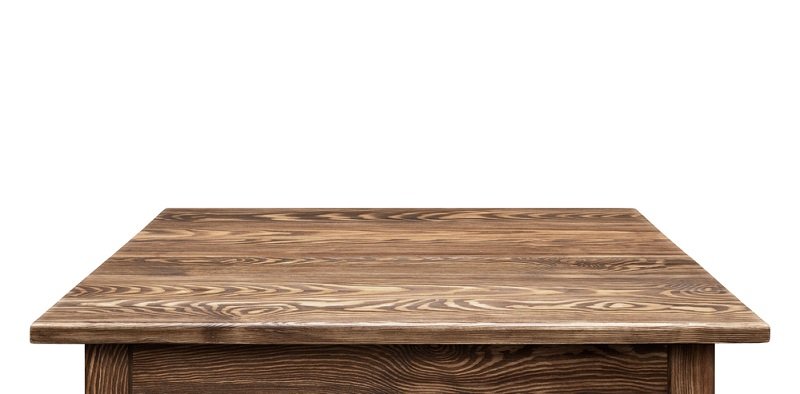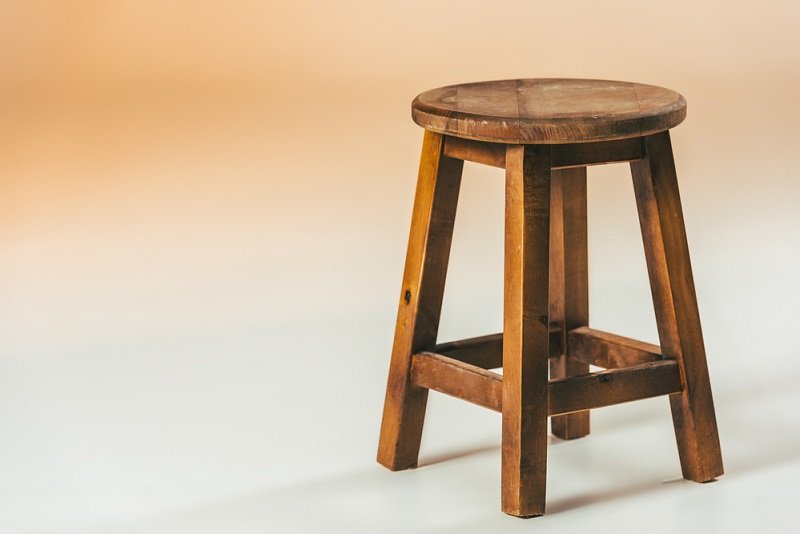7 Ways to Repair Scratches on a Wood Surface
Love a piece of furniture that fell victim to a nasty scratch? Passed up a great flea market find because you thought its scratches rendered it unsavable? While some scratches may indeed be hopeless, the seven “tricks of the trade” below can help you save or secure more of your favorite wood items. Some tips are fairly well known and conventional. Others may just seem weird, but you may have them handy and want to give them a try. I assure you that all of them have validity and are not, I repeat, are NOT simply me taking twisted delight in trying to get you to do bizarre things to your coffee table. That’s my story and I’m sticking with it. Read on…if you dare.
Before you start
For any technique you try, your first step should be to ensure the surface is clean and dry. If there’s dirt or build-up on the surface and you start buffing it, you may end up making matters worse by adding new scratches. Another starting tip is to start small in an inconspicuous spot to make sure you don’t do wind up with additional damage and more surface to fix.
Unconventional Tips
1. Black Tea: You’ll need boiling water, add one or two teabags and let the tea steep for at least 15 minutes. The darker your wood finish, the stronger you should make the tea. Use a soft, absorbent cloth to apply the tea to the scratch. Let it stand a few minutes. This colors the wood and lets the wood absorb the liquid, causing it to swell slightly and help fill in the scratch. After the allotted time, wipe off and blend as needed, then polish the surface as usual.
2. Coffee Grounds: Take a small amount of used coffee grounds (very important to use used) and apply over the scratched area. Let stand for at least 15 minutes (longer, the darker your finish), gently wipe away and buff or polish as usual. The coffee penetrates the wood the same way stain would. Lightly buffing the grounds as you wipe them away acts as a mild abrasive, which may help to rub out some of the scratch.
3. Crayon: If you’ve ever been in the stain aisle at your local home improvement store, you may have seen wood repair pencils for sale. These are essentially colored wax that fills in fine scratches on wood surfaces and they come in three or four different shades. It probably won’t surprise you that a child’s crayon can do much the same thing with many more color choices and a cheaper price. Simply choose the closest color match to your existing finish, gently rub the crayon over the scratch and then gently buff and polish your surface as normal. The wax should penetrate the scratch and not only help color it, but help fill it in.
4. Walnut: Yes, I mean the actual nut, which I know may seem nuts! Break the meat of the nut so the inside is exposed then gently rub it over the scratched area. The oil from the nut will penetrate the wood and help to color it at the same time, helping to conceal the scratch.
Conventional Tips:
1. Real Furniture Polish or Wax: The polish is a liquid with the consistency of thinned out cooking oil and the wax is soft and spreadable. You will find various types and colors in home or specialty stores. Using a soft cloth, simply wipe a small amount over the scratched area, wait a few minutes and buff the area with a clean cloth. If you want to try the wax method, use a soft cloth to wipe some of the wax over the affected area, wait several minutes and using a clean cloth, buff the area out until the wax is absorbed and the excess is wiped away.
2. Wood Touch-up Pencils: These are found in home improvement and hardware stores usually near the wood stain. Choose the closest color match to your wood finish, gently rub it over the scratch and buff the area with a clean, soft cloth.
3. Wood Stain: Obviously, this will color away the scratch, but it won’t do anything to fill it in, so it’s best for fine scratches. Simply dab a small amount over the stain and wipe away with a soft cloth. Be sure to use a color closest to the color of the actual finish.
4. Wood Filler: This has the consistency of putty and typically comes in a lighter and darker shade. Make sure to choose a stainable product if you’re trying to match your finish. This is a great choice for a deep scratch as it will fill it in, much like using nail filler on a wall. You apply it to the scratch, level it off with a plastic putty knife, let it dry, lightly sand it to smooth it out, then apply a small amount of stain to match the actual finish.
I hope some of these tips are useful to you when it comes to repairing scratches you may have on some of your wood finishes.
Now, what will you do next to love where you live?
Please feel free to reach out to us at The Redesign Habit and ask questions or simply share a project that you are working on or have completed.
For more great stories and ideas please follow us on Facebook, Instagram, and Twitter.




